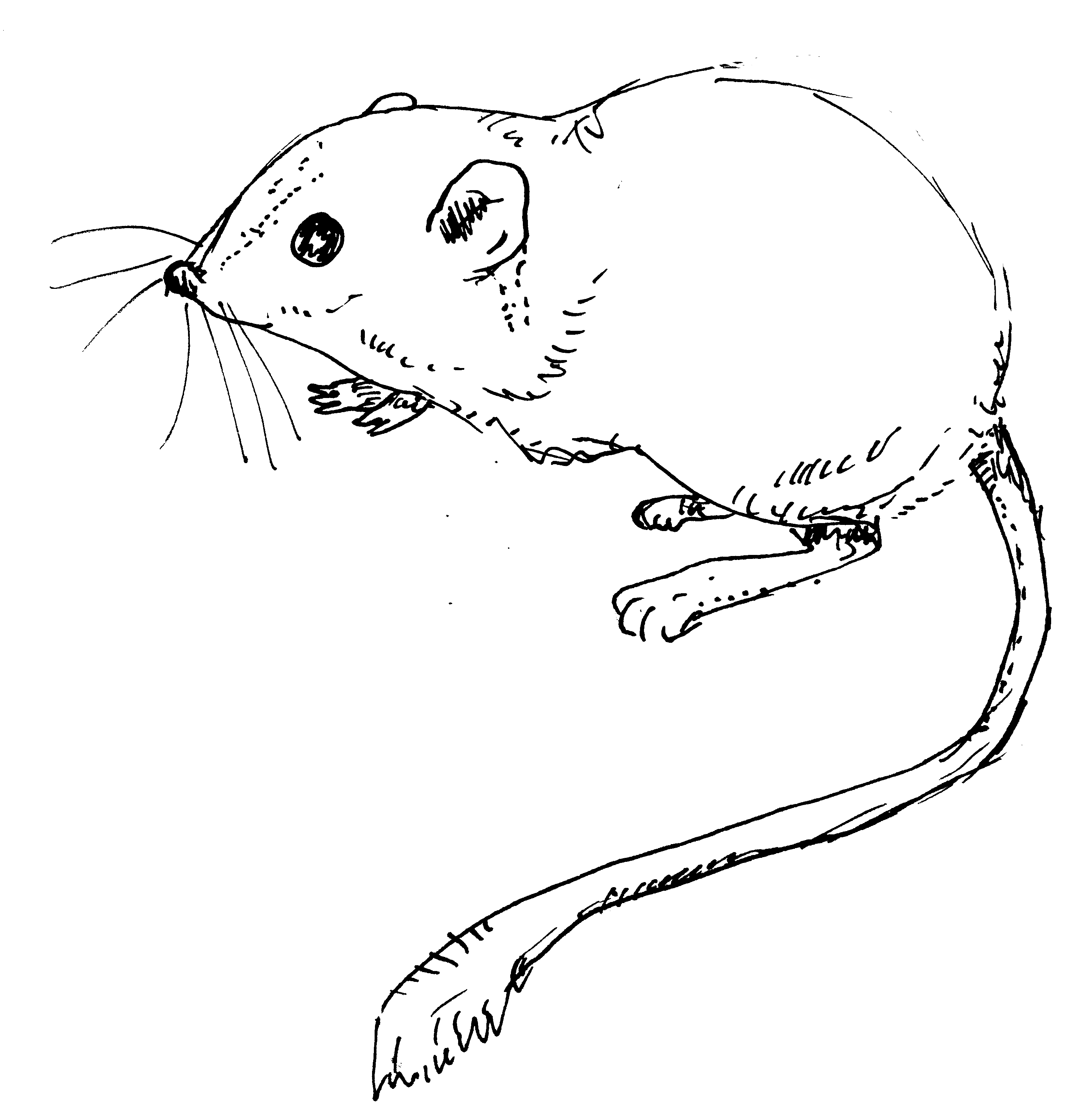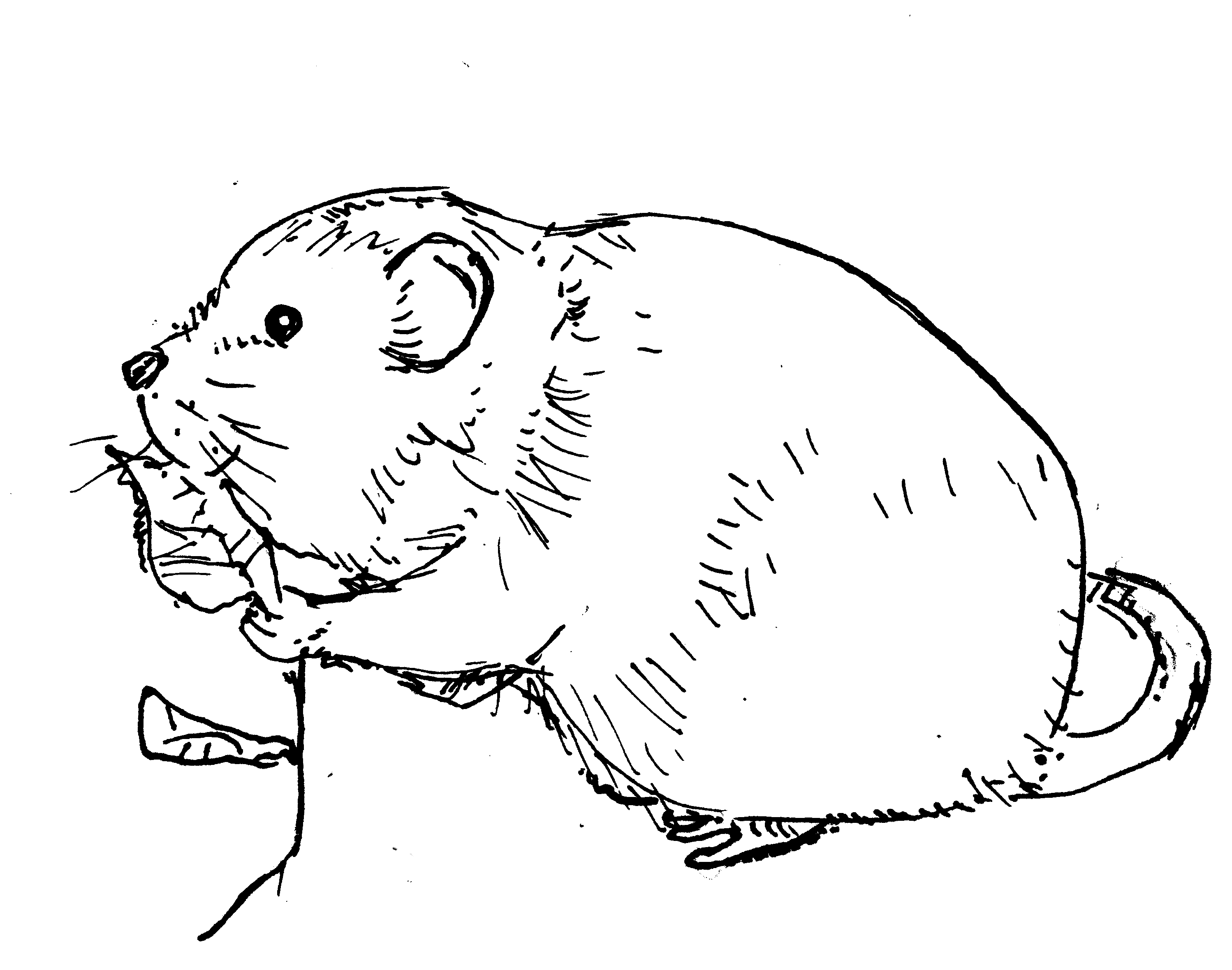Our new paper, Classifying rodent diets for comparative research, is now published in Mammal Review.
In this work, Guillermo D’Elía and I reviewed existing classifications that summarize the foods consumed by rodents to propose a clear classification scheme for those working with multispecies data. Knowing what animals eat helps us understand their role in the environment and interpret their morphology. We wanted to capture how different foods vary in their nutrient content, accessibility, and digestibility. I hope that this classification can help future research that considers how rodents diversified into different habitats, how they can coexist, and how they have evolved in relation to their feeding ecology.
Those working with diets and small mammals for comparative research are likely aware of how three-level trophic classifications (carnivore-herbivore-omnivore) are too coarse to describe the wide range of (fairly cohesive) diets that rodents consume. This work aimed to classify rodent diets and reflect the key differences in the properties of the food items consumed. A large proportion of rodents are generalist consumers of plants, bugs, and fungi, but we need carefully-defined names to classify those that aren’t. Consider how a worm-eating (vermivorous by our classification) shrew-rat has no business eating tree bark, and how a leaf-eating (folivorous) porcupine won’t bother hunting crayfish and frogs (which a carnivorous fishing-rat specializes on).
You may have seen a preprint version floating around from 2016, entitled “Rethinkging omnivory in rodents”. Please disregard that classification scheme and use the one in the new paper.
If you reviewed said version for the MDPI journal Diversity back in 2016, I apologize for the shoddy writing and thank you for the feedback (which is certainly included in the new version).
If you liked the little drawings used in Figure 2, the originals are here. Feel free to reuse the original illustrations, which I released as CC-BY-SA here. A few examples below:


If you need the PDF or have any questions, let me know.
